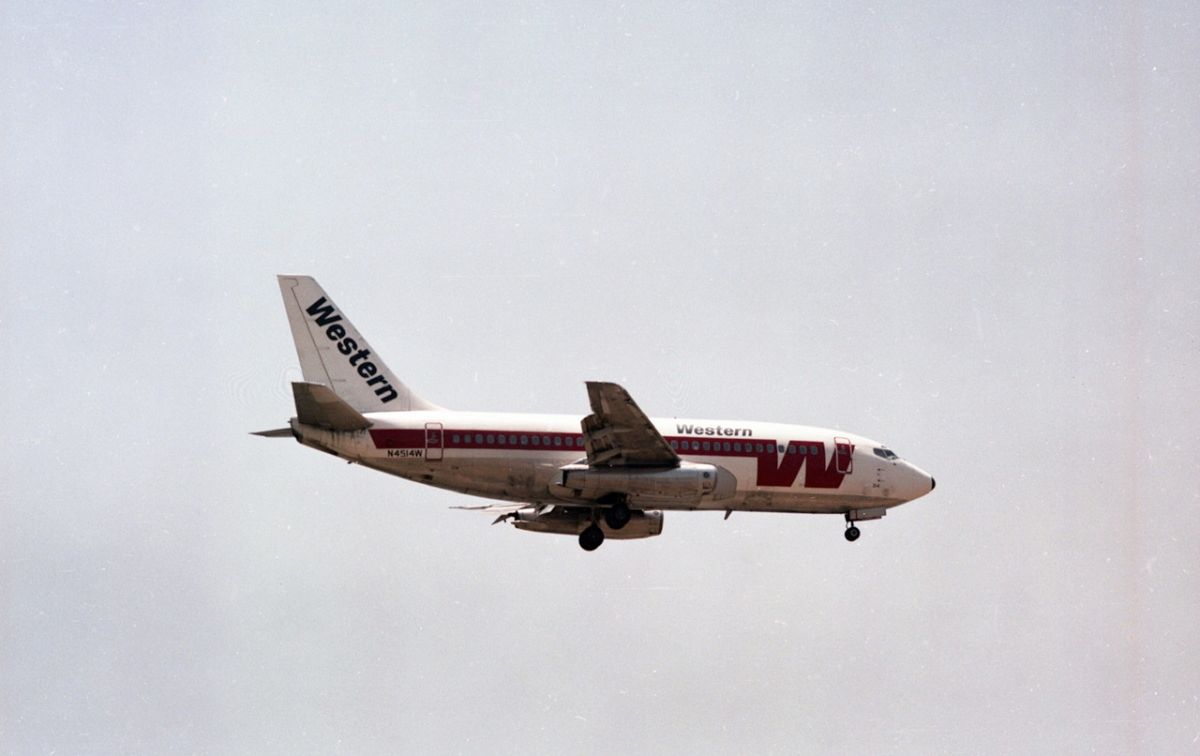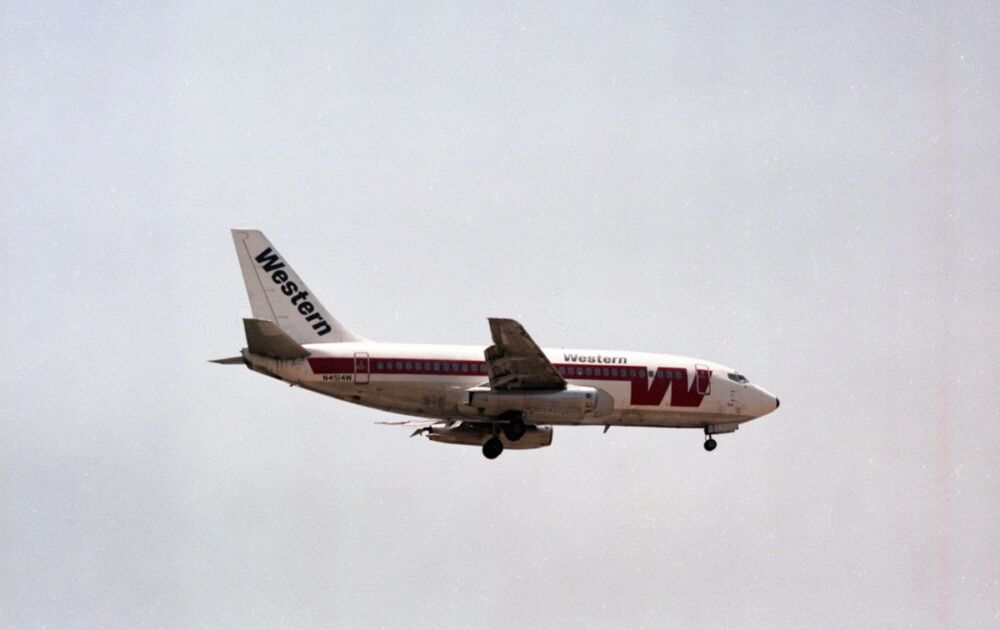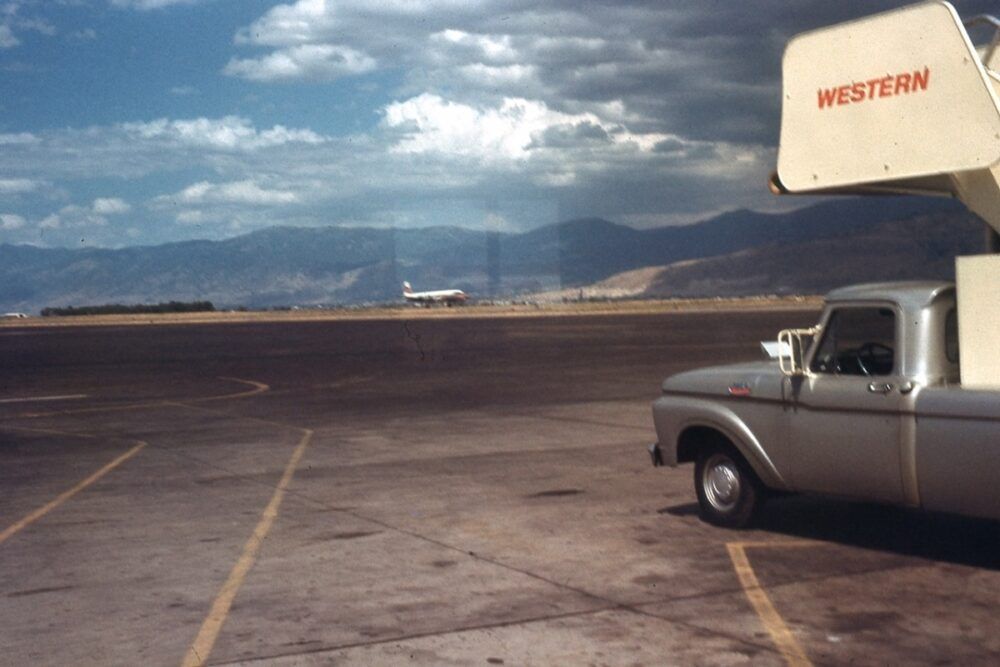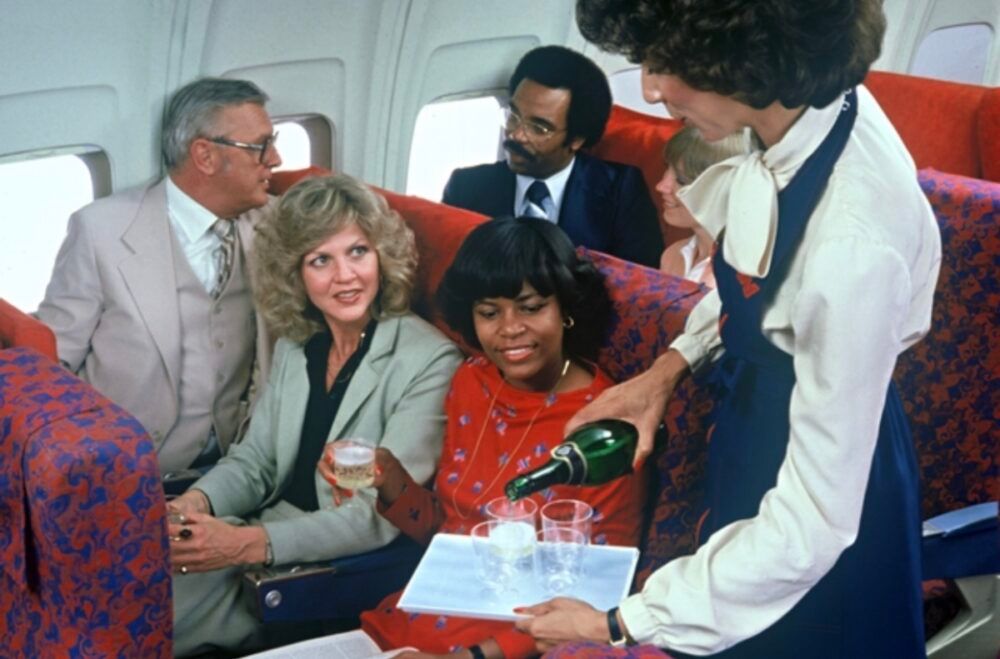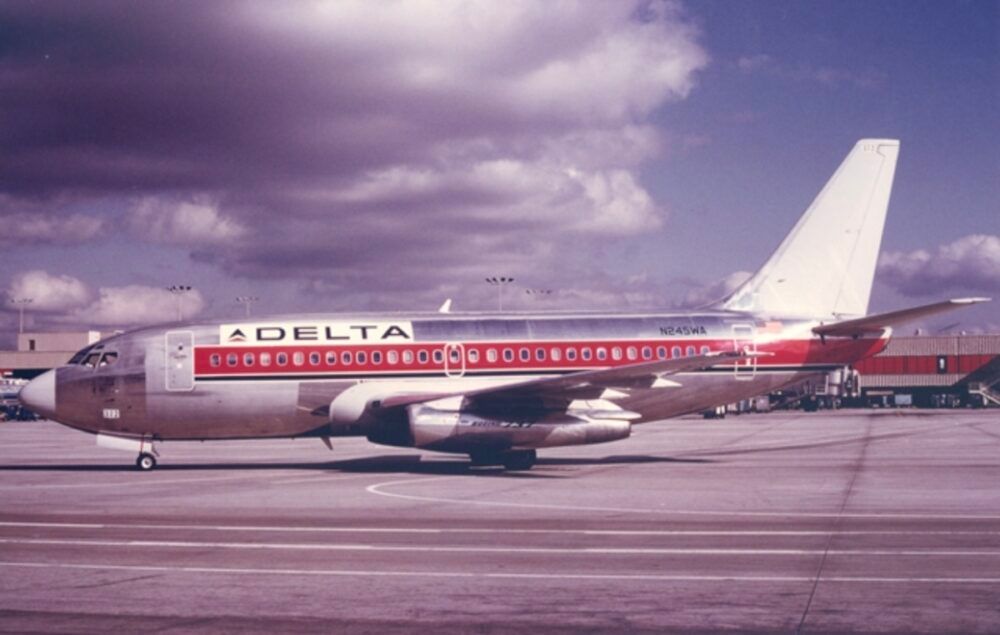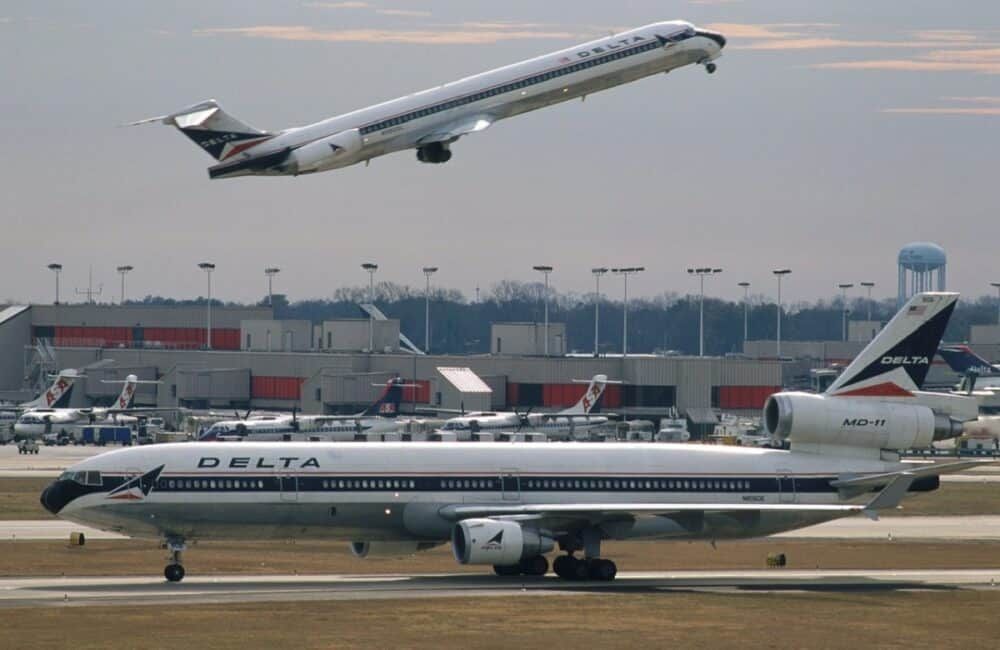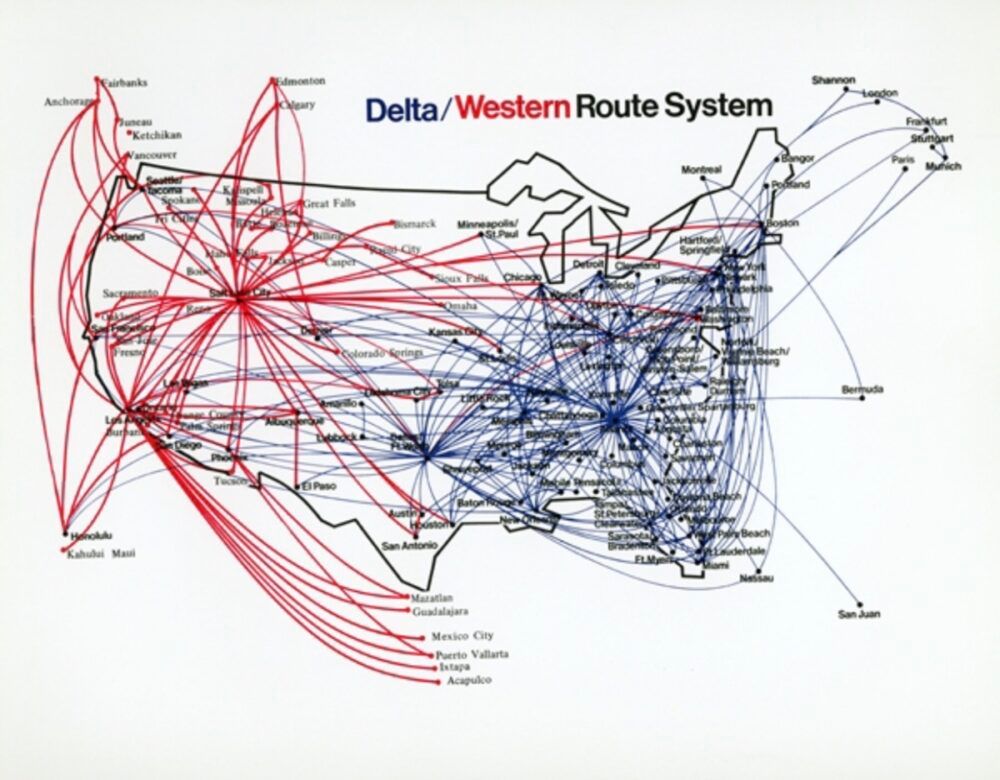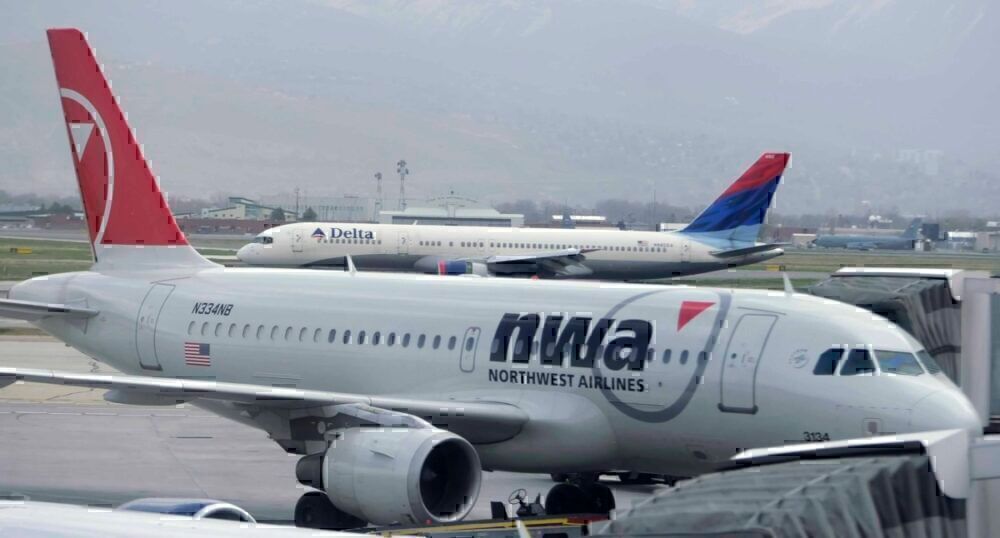Delta Air Lines is still flying as one of the big four carriers in the United States. However, mergers with other powerhouses along the way have helped the airline become the force that it is today. Here is a look at the Atlanta-based company's merger with Western Airlinesin the 1980s.
A changing industry
Before merging with Delta, Western was the oldest continuously operating carrier in the US since commencing operations in April in 1926. Last week, we covered Western's early days and how it became a stronghold in US aviation. However, in its final years, the carrier was facing several challenges within the aviation industry.
A drop in profits in the late 1970s and the Deregulation Act of 1978 had a massive impact on Western. Nonetheless, the carrier still carried on expanding in certain areas while other segments had to be cut. For instance, in 1982, the airline discontinued all transatlantic flights to London. However, in the same year, Salt Lake City, Utah, became a major hub with 59 daily flights.
The Delta Flight Museum highlights that the following year, under Larry H. Lee's leadership, Los Angeles also became a hub. This move further increased Salt Lake City's strength with more connections coming in from Southern California.
Back on track
The following year, the firm managed to avoid bankruptcy by amending its flight schedule and reaching agreements with unions. Here, Salt Lake City operations proved to be highly successful following the company's extra focus on the hub.
Subsequently, in 1986, Western reported profits of $45 million ($106 million today) for the first seven months of the year. Moreover, 115 flights were leaving Salt Lake City each day.
In the same year, the Californian outfit entered an operating agreement with regional carrier Skywest. This move added feeder lines between Salt Lake City and smaller airports. Many of the cities previously were served by Western. The new venture was given the title of Western Express.
A significant shift
Despite the significant turnaround, on September 9th, 1986, it was announced that the airline would be acquired by Delta in a deal worth $860 million ($2 billion today). After that, it became a wholly-owned subsidiary of the carrier on December 19th. Ultimately, byApril 1st, 1987,operations were fully merged.
During the 1980s, Delta was also trying to cope with the impact of airline deregulation. So, it began trying to establish new hubsin Dallas and Cincinnati to counter losses in Atlanta due to the rise of competition in Georgia. Furthermore, it launched marketing partnerships with the likes of Western to help attract new passengers.
This link was subsequently taken a step further with the merger. However, it wasn't surprising at the time as several journalists speculated on the move for months before official confirmation.
Eventually, Western's livery could no longer be seen on aircraft, and staff across the two airlines joined together. Notably, both Salt Lake City and Los Angeles became major assets for Delta in the years that followed.
Progress for Delta
The Los Angeles Times reported that this was generally seen as a positive move at that time. Analysts highlighted that leading up to the deal, Western was a financially clean company, and it had $200 million ($474 million today) in cash in the till and only $150 million ($355 million today) in long-term debts.
The LA Times also nicely summarized the significance of the move. It highlights the deal's potential to help operations catch up with rivals across the country.
"Western, which celebrated its 60th birthday in April, used open-cockpit, single-engine planes on its first route--from Los Angeles to Salt Lake City via Las Vegas. It gave Los Angeles its first transcontinental air service and put Southern California on the air mail map. Its name will presumably disappear in about a year when the merger is completed," the LA Times said in its report on the move in 1986.
"Delta, founded in 1929, is the nation’s sixth-largest airline in terms of revenue passenger miles, while Western ranks ninth. When they combine, the new entity will fly more than 40 billion revenue passenger miles a year, putting it in fourth place behind a merged Texas Air Corp.-Eastern Airlines, United Airlines and American Airlines."
Moreover, the operator was second only to United Airlines when it came to the number of airport gates across the Pacific Coast and the Rocky Mountains. The company had 78 gates compared to United's 127.
Evolving with the times
Altogether, it is deals such as this one with Western that catalyzed Delta's progress over the decades. Other significant moves, such as the purchase ofPan American's European routes and shuttle in 1991, along with the merger with Northwest Airlines in 2008, have also proved to be helpful for the carrier.
Industry shakeups such as revised governmental policy and economic recessions often lead to significant transitions such as these. Perhaps there could be another acquisition or merger on the cards on the back of the current global crisis.
What are your thoughts about Delta Air Lines' merger with Western Airlines? Do you have fond memories of flying with Western over the years? Let us know what you think of the carrier and the impact of the deal in the comment section.

